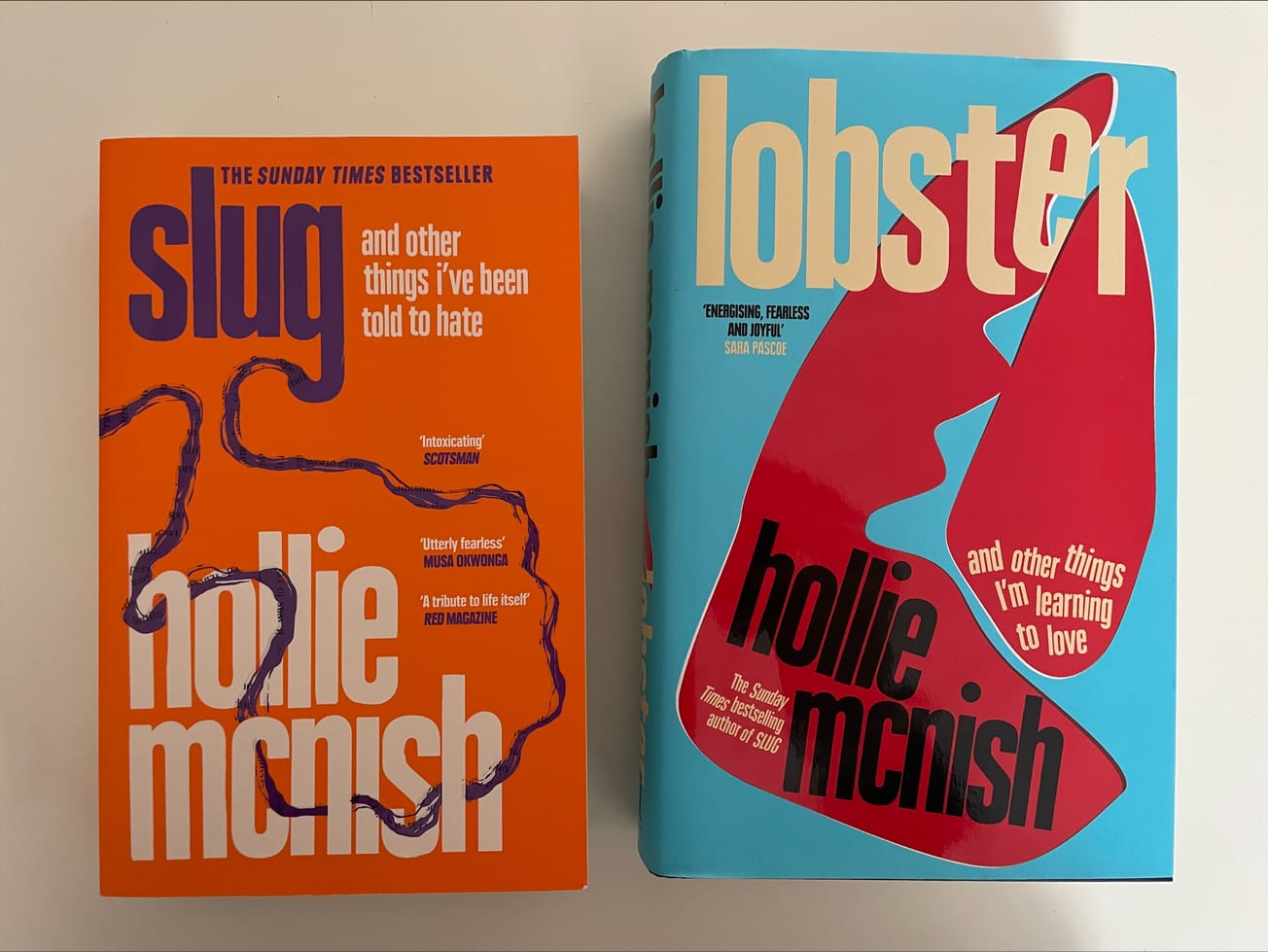By Charlie Harrison, MA Global Political Economy
"Order in the Dust is more interesting in concept then it is in actualisation." Charlie Harrison explains why.
Order in the Dust, an exhibition by artist and recent graduate Olivia Jones, is currently being shown in the Test Space in Spike Island. It is inspired heavily by Italo Calvino's The Complete Cosmicomics. While it is important to acknowledge the thought-provoking nature of the exhibition, and the audience is certainly invited to consider some interesting ideas, Order in the Dust doesn't quite bring these ideas to any satisfying conclusions.
The exhibition presents dust particles in several contexts, from random formations to specific patterns and shapes. These "characters", to quote the introductory pamphlet, are taken from images of 'tephra', the ash and other solid matter that are the result of an erupting volcano. As the pieces progress, the tephra form various shapes and patterns. The uniqueness of the concept, as well as the striking visual appeal of several of the pieces, immediately sparks interest.
The pieces that depict dust forming patterns are where the exhibition is at its most intriguing. Most notable is Stuff, a constantly looping film where a collection of various particles dance across a blank space with movements that, at first glance, appear arbitrary. Significantly, it felt similar to watching a crowd of people from a bird's eye view. To a non-human observer, a crowd of people may seem to be moving totally at random, but as human beings used to viewing such things, we assume that every component is moving with deliberate, identifiable goals. One could also compare the piece to a nihilistic view of human life, moving idly through time and space, colliding occasionally with other particles on similar trajectories.
"one could compare the piece to a nihilistic view of human life, moving idly through time and space, colliding occasionally with other particles on similar trajectories"
The key thing is that as soon as one sees the piece, one tries to create order and reason in the madness. The fact that this is our instinct is what is so interesting about the piece. It draws into question how much of the supposed order to our lives is grounded in any reality, and how much of it is our own desperate attempts to apply logic to chaos. The fact that, in the exhibition, we instinctively try to give such meaning to mere dust particles, suggests that the same is true when we apply order to our own lives - some could say that we are simply giving meaning to particles floating randomly through space.
Lofty ideas, certainly - but here is the issue. While it is true that it was certainly the artwork that inspired me down this path of thinking, it is hard to see how much of this interpretation was set up by the artwork, and how much was reliant entirely on my own input. Did Order in the Dust take my hand and lead me through these murky ideological waters, or did it simply give me a nudge down a rabbit hole I had already created? It's very hard to say. The title, and the relation to The Complete Cosmicomics, does at least allow us to say that these ideas were intentional.
However, it was only really Stuff and a couple of other pieces (Ritual and The Chase in particular) that provoked these thoughts. As a result, it becomes difficult to ignore the suspicion that were it not for the title and the inspiration from Cosmicomics, the exhibition by itself would not be enough to communicate these concepts. We can question, then, how effective the exhibition is at actually presenting its ideas; and, crucially, at doing something with them. The idea of order forming out of dust is presented, but it isn't explored in a way that feels satisfying, or that does anything other than transpose the ideas of Cosmicomics to a new setting.
"even if Order in the Dust is merely a nudge into lofty ideological territory, it remains something worthy of commendation for that alone"
Having said that, even if Order in the Dust is merely a nudge into lofty ideological territory, it remains something worthy of commendation for that alone. Sometimes it can be 'enough' for an artwork to simply be thought-provoking, without it having to do too much with those thoughts. The lack of ideological satisfaction prompts the audience to think of the ideas themselves, increasing their overall involvement with the exhibition. But I can't help but feel that there was a great deal of unfulfilled potential here for the artist to go further with this concept, rather than relying so much on the audience's willingness to interpret based on minimal information.
Order in the Dust is more interesting in concept then it is in actualisation. It provokes unique suggestions about the way we view the world, but doesn't say very much about these ideas. It cannot be ignored that in some ways it is an exhibition where the pamphlet is more interesting than the exhibition itself. While occasionally visually striking, many of the pieces feel underdeveloped. There is a fine line between encouraging the audience to think for themselves, and relying on them to do so. It is a line which I feel Order in the Dust tends to cross. Nevertheless, the imagination of the exhibition should not go underappreciated, and for such an ambitious project by such a young artist, it is well worth commendation.
(Featured image credits: Unsplash / Thomas Griesbeck)
What are your thoughts on 'Order in the Dust'? Let us know in the comments below or on social media.









